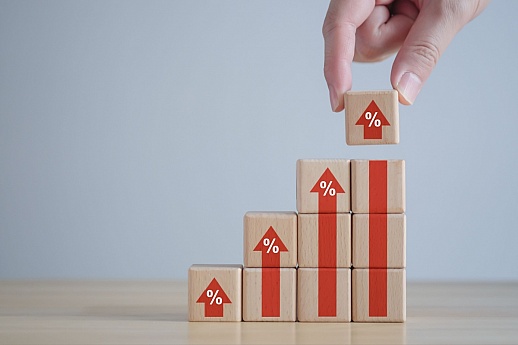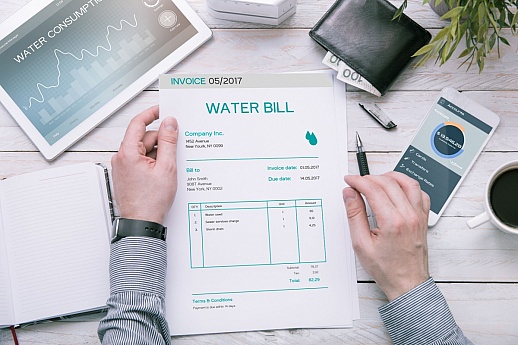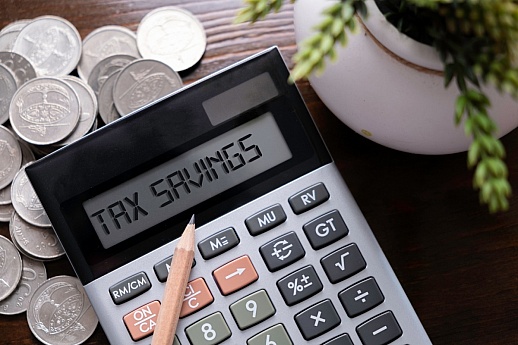An online cash advance is a short-term solution designed to bridge the gap during unforeseen financial events. These small-scale loans can provide up to $500 to help manage temporary cash shortfalls when traditional loan options may not be readily accessible. Unlike many conventional bank loans, the funding process for an approved cash advance is typically expedited.
Some payday lenders provide an online application that allows the borrower to complete most (if not all) of the process from their home computer.
Approval for a cash advance may not depend on a high credit score. The amount borrowed and the fees charged are determined by the lender and may be influenced by the borrower’s credit score, location, and other factors.
Remember, at OpenCashAdvance, you can request a cash advance for up to $500 or an installment loan for up to $5,000. If you're requesting over $500, we may connect you with an installment loan lender. These lenders often offer longer repayment terms than you would typically find with a payday advance.
Life is unpredictable – but one thing you can count on is that it will be expensive.
Fortunately, a shorter-duration loan can be a practical solution. Here’s why people often turn to cash advances:
When sudden costs like car repairs or medical bills hit, a cash advance can be a lifeline, offering quick funds without compromising other essentials.
When payday seems like a distant dream, and bills pile up, a cash advance can be a lifeline, ensuring your necessary expenses are covered until your next paycheck.
Financial alignment isn’t always a snug fit. A payday cash advance can be a buffer, relieving temporary cash flow challenges and giving you space to reorganize your finances.
Whether it’s a family emergency or an unexpected trip, travel costs can be overwhelming. A cash advance can swiftly provide the funds needed for last-minute travel, easing financial stress during challenging times.
Everyday expenses like groceries or utility bills shouldn’t be a worry. A cash advance can be a temporary helping hand, making it possible to maintain your daily living standards until you find more financial stability.
Your reason may not be on the list above. That’s probably all right – just as long as you remember that payday loans should be used as a short-term solution.
If you find yourself needing a financial boost, why wait? Submit your cash advance request through OpenCashAdvance today.
Start Your RequestIf this is your first cash advance, or if you’ve recently moved to a new state, then you might not know about your state’s cash advance regulations. Each state has its own unique rules pertaining to cash advances. Click on the map for more information on your state. Here are a few regulations you should look out for:
Whenever you sign a short-term loan agreement, you agree upon a payment schedule. This dictates how often you will make payments and how long it will take to repay your loan. Sticking to that schedule will get your loan repaid on time, but what if you choose to pay it off sooner rather than later?
Here’s how you can pay off debt fast:
We recognize that some visitors to our site might have credit scores that aren't perfect. Although the lenders we partner with at OpenCashAdvance don't offer a no-credit-check application, there could be other financing options for you. For more insights, please check out our blog on the risks of no-credit-check loans with guaranteed approval and other solutions that may be available.
To request a cash advance loan through our online platform, you'll need to provide some basic information, including income and employment details, identification, and an active checking account. If connected with a lender, you may need to offer additional information.
A credit counselor can provide specific advice based on your personal financial situation.
Typically, a short-term cash advance is utilized to manage unexpected expenses and should be considered when you're confident of repaying the amount within the stipulated loan term.
No, OpenCashAdvance is not a direct payday lender. We serve as a connection platform, aiming to connect potential borrowers with suitable lenders using the information provided in the loan request.
Once your loan request is submitted, we work swiftly to try to connect you with a lender. If connected, you may be redirected to the lender's website to submit an application. If approved by the lender, you will be presented with the loan agreement and terms. The final loan details, including the approved amount, fees, and repayment terms, are determined by the lender.
Through OpenCashAdvance, you can request a cash advance for up to $500 or an installment loan for up to $5,000. The final approved loan amount will depend on various factors, including your credit score, income, and lender's discretion. Please note that submitting a loan request does not guarantee that you will connect with a lender or receive financing. Likewise, connecting with a lender does not guarantee funding.
We take your privacy seriously at OpenCashAdvance. We utilize advanced encryption technology to ensure your personal information is secure and confidential. Our privacy practices adhere to and exceed industry standards.
The rates and terms of a cash advance loan are determined by the lender and can be influenced by factors like your credit score, loan amount, and location. If you are approved for financing, review these details thoroughly in the loan agreement before finalizing the loan.
The ability to make partial payments on your cash advance depends on the terms set by your lender if you are approved. We recommend discussing this with your lender directly.
Early repayment policies vary by lender. Some lenders may allow early repayment without penalties, while others may charge a fee. If you are approved for a loan, this information will be outlined in your loan agreement.
Upon submitting your loan request form through OpenCashAdvance, you can anticipate on-screen results within three minutes. If we successfully connect you with a lender, they will typically guide you through their unique process to reach a final loan decision. This process, along with the timeline for decision-making and fund disbursement, may vary among lenders.
If a lender approves your request and you sign the loan agreement, your funds could be available as soon as the next business day. Please remember that OpenCashAdvance is not a lender. Our role is to try to connect each user with a lender willing to consider their request. We cannot guarantee that everyone who submits a request through our system will be connected with a lender.


